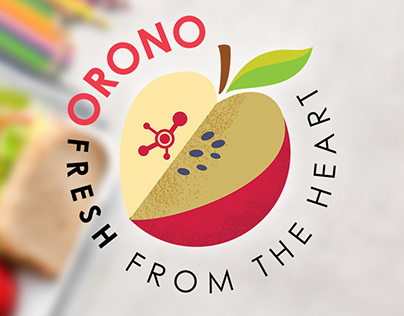Honey bee collapse could impact daily life
Find out how much honey bees are a part of your diet, and what could change.
Imagine a dinner plate absent of your favorite fruits, vegetables, and possibly even meats. Our meals are headed for that if the root of the disappearance and deaths of honey bees is not uncovered.
The alarming disappearance and death rates of honey bees, otherwise known as colony collapse disorder, has plagued the United States, Brazil, parts of Europe, and Canada in the last seven years.
According to Time Magazine, 33 percent of honey bee colonies have died or disappeared during the winter of 2012, which is very high compared to a normal winter where typically 10-15 percent disappear.
Besides producing honey, honey bees are responsible for pollinating more than 90 flowering crops, such as almonds, apples, cherries, and alfalfa hay – the food cattle eat.
“One-third of what you eat is the direct result of the bees pollination of a flower. Through their pollinating, our crops are bigger and stronger,” President of Minnesota Honey Bee Association Bob Huttner said.
According to the United States Department of Agriculture, bees add more than $15 billion in value to farming each year.
“I don’t think humans would die; we would eventually adapt to the lack of fruits and vegetables,” senior Emily Knight said.
Bees carry pollen from flower to flower, allowing the production of fruits, vegetables, and seeds. They pollinate our flowers to consume nutrients. This pollination benefits agricultural flowering crops.
There are several theories as to why this epidemic is occurring. Malnutrition, diseases, and pesticides are a few of the plausible theories that have made national headlines.
Biology teacher Jeremy Buch believes that beekeepers moving the honey bees to areas where they pollinate only one item is not healthy for the bees. “Imagine eating only rice cakes every day; you would be missing a lot of essential nutrients,” Buch said.
Monocultures, otherwise known as “food deserts” are areas dominated by 1 to 2 plant species. These monocultures are absent of flowers and wilderness for the bees to collect pollen for their nutrition. These flowerless landscapes lead to malnutrition.
TIME magazine reported that 2.5 million hives are trucked around the United States annually to follow the major cash crops, such as almonds. This unnatural movement leads to poor diet and stress for the bees.
Currently, a big killer of honey bees is the varroa mite. According to National Geographic, “attacked bees often have deformed wings and abdomens and a shortened life span.”
Neonicotinoids have been making big headlines lately. The pesticide is coated onto plant seeds and kills bees in high doses and leaves them disoriented and lost in small doses.
However, some are making strides to keep honey bees healthy and productive. Senior Grace Knudsen has family members who participate in honey bee farming as a hobby. “We insulate the hives during the winter and make sure the hives have food,” Knudsen said.
A world without honey bees is approaching. Rethinking the pesticides farmers use and the monocultures of crops would be a step in the right direction for preventing the honey bee from becoming extinct.

Maddie Kileen is a senior News Editor that has been writing for the Sparten Speaks for two years.
Maddie has one brother named Andy, two dogs, Scout and...










